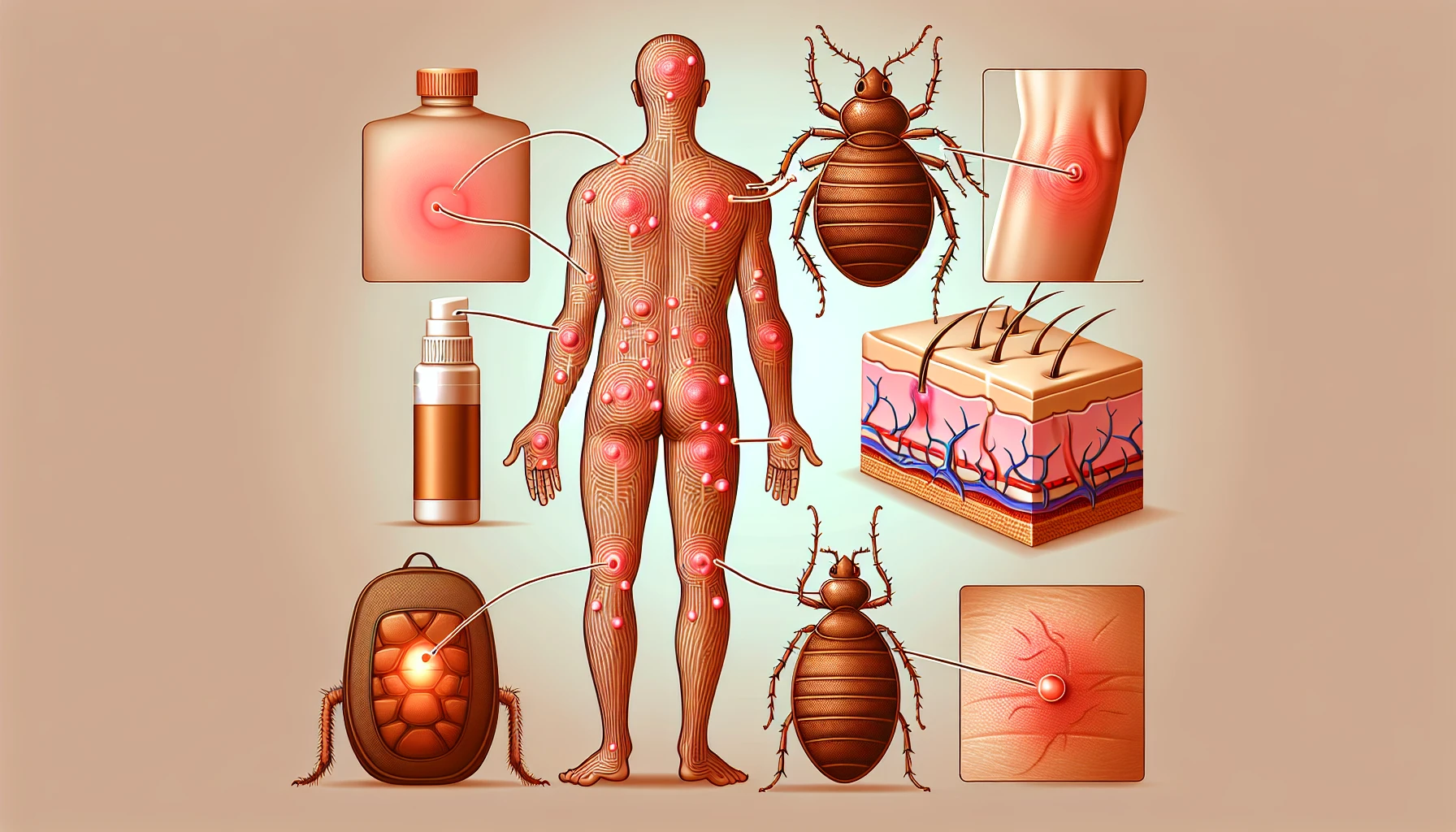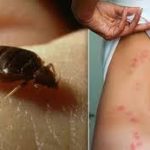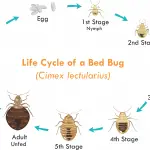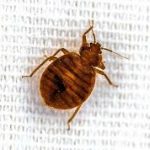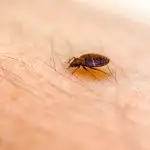Bed Bug & Flea Bites on Humans: An In-Depth Itch Relief Guide
Introduction to Bed Bug and Flea Bites
Picture this: you wake up and start your morning routine, but today, there’s an uninvited tingling sensation plaguing you. Upon closer inspection, you find a legion of angry, red spots scattered across your skin. As you scratch in dismay, you wonder if these pesky parasites catching a ride on you are bed bugs or fleas. Identifying the culprit is important because your next steps might vary considerably. The lingering question resonates—”Are these bed bug or flea bites?”
When it comes to bed bug and flea bites, one might say they’re as irritating as a popcorn kernel stuck in your teeth—both are annoying and demand your immediate attention. These bites are more than just an itchy nuisance; they can be harbingers of sleepless nights and potential allergic reactions. Unraveling the mysteries of bed bug flea bites on humans is crucial, not only for comfort but for health reasons as well.
Understanding the commonalities and differences between these two vampire-esque insects is the first step. Both critters share a taste for warm human blood, but their modus operandi diverges like two paths in a wood. Flea bites usually favor the lower territories of the human body, while bed bugs are not so picky and will feast anywhere on the skin they find most inviting.
Did you know that there are ways to differentiate between these two types of bites? It’s tricky, yes, but not impossible. For one thing, flea bites are often found around the ankles or knees, living up to their preference for lower altitudes. Bed bug bites, on the other hand, follow a linear or clustered pattern, as if they’re forming their own version of constellations on your skin. And while fleas jump from host to host, bed bugs are stealthy hide-and-seek champions, leaving you puzzled and pensive over their whereabouts during daylight hours.
Like a detective piecing together clues at a crime scene, we embark on the quest to unveil these miniature villains. We examine the itchy exhibits, consult the bite marks, and consider our own sleeping environments. Did your pet recently bring home some unwanted guests? Or did that second-hand bookshelf carry some stealthy stowaways into your home?
These invaders disrupt our peaceful sanctuaries. They’re not just uninvited guests in your abode; they’re audacious enough to use you as a midnight snack! It’s a personal space intrusion of the itchiest kind—one that requires savvy and timely intervention. So, let’s not scratch only the surface. We’ll dive deeper into understanding these biting menaces as we move on in this guide, equipping ourselves with knowledge as the most powerful anti-itch cream available.
Identifying Bed Bug Bites Vs. Flea Bites
Have you ever woken up to find your skin dotted with itchy bites? You’re not alone; it’s a question many have pondered: Are these bed bug or flea bites? Let’s set the record straight with some bite-mark detective work. Knowing the differences could save you from a lot of scratching and distress!
Physical Appearance: A Tale of Two Bites
First off, bed bug bites often appear in a line or cluster, as if the critters have been throwing a feast on your skin. Imagine a row of tiny, red mountaintops, each rising from a smooth skin surface – that’s your typical bed bug soirée. Flea bites, on the other hand, are more like random pinpricks, scattered without rhyme or reason. They’re the mavericks of the insect biting world, showing up anywhere, especially around your ankles and legs.
Spot the Pattern: Not All Bites Are Equal
Let’s go beyond appearance. Did you know that the patterns of bites on your body can be a big clue? Remember those flea bites we talked about? They’re mainly interested in your lower realms, hitching a ride on your pets and jumping off to land that perfect ankle bite. Bed bugs, in contrast, are upper body enthusiasts, preferring to munch on your torso. It’s as if they respect the “business casual” dress code—always aiming for above the waist.
To illustrate, imagine a summer BBQ where mosquitoes are the uninvited guests. You’ll find your arms and neck bearing the brunt of the bites, right? That’s similar to how bed bugs operate, though they’re year-round party crashers, without any need for an open-air spread.
Immediate Reactions: Listen To Your Skin
Now, about those immediate reactions. Ever been bitten and found yourself scratching uncontrollably moments later? That’s flea bites talking—or itching. These bites can cause an immediate ‘oh no, not again’ reaction, prompting you to hunt for relief creams in your medicine cabinet. Bed bug bites might also make you itchy, but they’re sneaky; sometimes, you won’t even notice them until later, like realizing you’ve lost a game of chess after the pieces have already been packed away.
Understanding these nuances between flea and bed bug engagements can be your first line of defense. If you’re seeking more insights on how to combat these pests and soothe their bites, check out our comprehensive guide on spotting and soothing your skin’s nightmare – a trove of itch-alleviating wisdom for anyone under siege by these tiny invaders.
Remember, the key to distinguishing bed bug and flea bites lies in observing the bites’ arrangement, your body’s immediate response, and where these eager interlopers prefer to dine on you. Turn these observations into knowledge, and you’ll become an itch relief ninja, armed and ready to defend your skin’s peace!
Symptoms and Health Implications
Imagine waking up to an itch that won’t go away, only to discover a trail of red bump’s marking your skin – an unwelcome signature left by bed bugs or fleas. It’s the start to many individuals’ daybreak revelations that these tiny, blood-thirsty pests have made a meal out of them during their slumber. The symptoms of these bites can range from mild annoyances to severe allergic reactions, painting a bothersome picture of these bedfellows’ visit.
Bed bug and flea bites typically present as small, red, raised bumps on the skin, often appearing in a line or cluster due to the pests’ feeding habits. In contrast to the common myth that these nuisances are just a cause for scratching, flea bites are typically found around the ankles or legs, while bed bug bites can show up just about anywhere on your body. It’s a game of spot-the-difference where the stakes are your comfort and peace of mind.
For some, these bites are a mere inconvenience, causing a bit of itching that fades over time. However, for the less fortunate, the health implications can escalate quickly. Hold the misconceived notion that it’s just a ‘little itch’ at bay because, in reality, these bites can lead to nasty allergic reactions in sensitive individuals. Symptoms such as intense itching, hives, or blister-like inflammations take center stage, demanding immediate attention.
The trouble doesn’t stop with just allergic reactions; secondary infections can join the party uninvited. When the integrity of the skin is compromised by constant scratching, it becomes a playground for bacteria. Cue the potential for infections like impetigo, cellulitis, or lymphangitis, transforming what started as a tiny bite into an ordeal worthy of medical intervention.
But let’s not disregard the psychological impact these invaders can inflict. The thought of insects feeding on your blood while you’re in the embrace of sleep can overrun your thoughts, turning the sanctuary of your bedroom into an unsettling scenario better suited for a suspense thriller. The sleepless nights and obsessive cleaning rituals that follow an infestation can wreak havoc on well-being and mental health, overshadowing the physical symptoms with a swath of anxiety and stress.
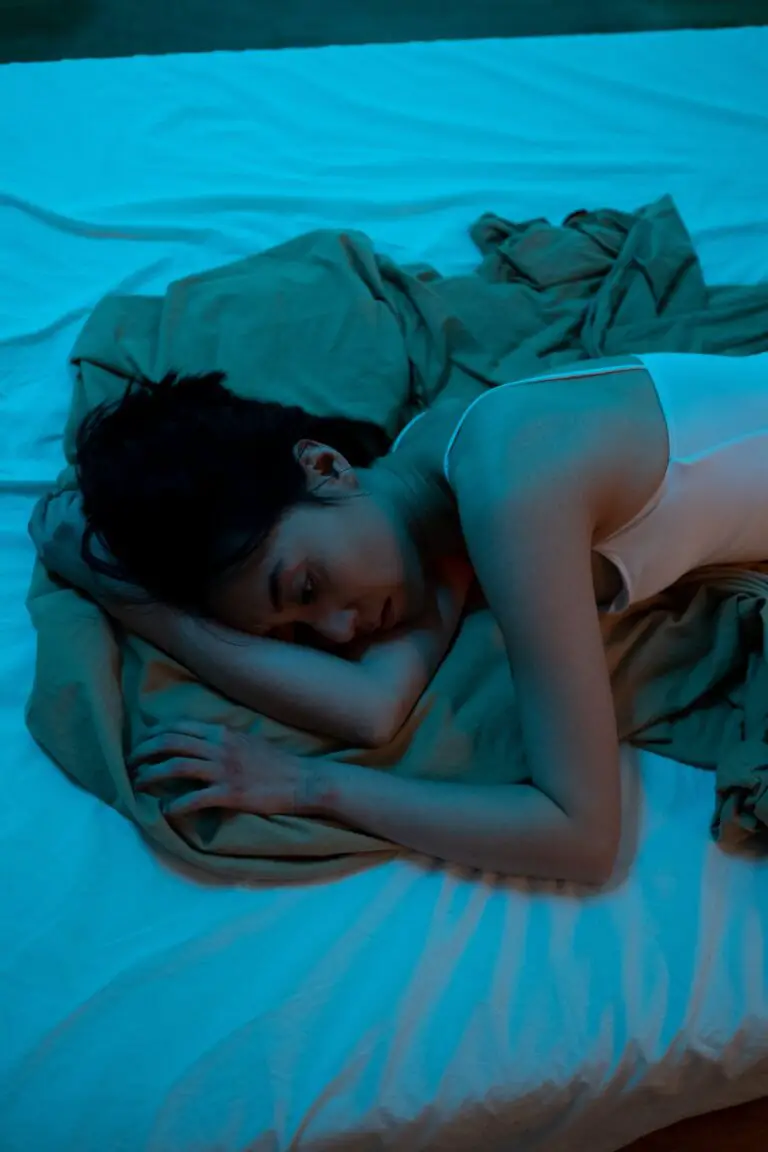
Therefore, while the physical symptoms of bed bug and flea bites may seem straightforward, the real itch to worry about is the carousel of potential health risks they bring forth. An ounce of prevention is worth a pound of cure, they say, and keeping an eye out for the telltale signs of these critters can save you from a whirlwind of itching, scratching, and fretting over the uninvited guests lodging in your living space.
First Aid and Itch Relief for Insect Bites
Nothing ruins a good night’s sleep quite like the itch of insect bites. But before you scratch yourself raw, let’s talk first aid and how to find solace from the itch of bed bug and flea bites.
Immediate Action Post-Bite
The moment you realize you’ve been bitten, the clock starts ticking. Wash the affected area with soap and water to cleanse the wound from potential pathogens. It’s not a full-proof plan against an irritated skin reaction, but it’s a solid start. Picture a summer barbecue where Aunt Edna, who’s as sweet as she is clueless, slaps a mosquito bite and proceeds with a soapy water wash—it’s simple, yet effective.
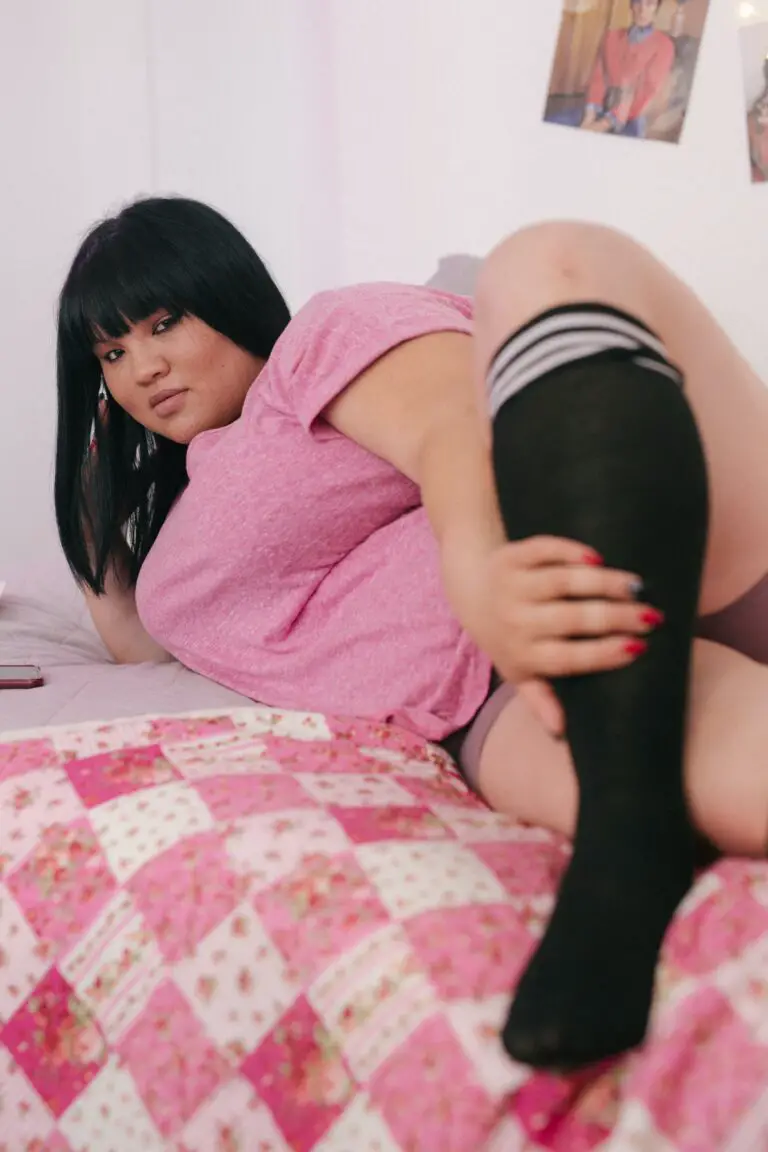
Soothing the Savage Itch
Now to tackle that insatiable itch. Ice is your first ally; a cold pack applied to the bite site can reduce swelling and numb the itch away. It’s like finding an unexpected popsicle in the freezer on a scorching day—a small miraculous relief.
Calamine lotion has been a trusted itch-fighter since you were knee-high to a grasshopper, and with good reason. Apply a dab, and feel the tickle fade like a bad joke. And if calamine isn’t your thing, hydrocortisone cream also has a seat at the anti-itch table. Just a bit on the tip of your finger, spread gently over the bite, can curb the urge to scratch as effectively as a well-timed distraction.
For those who prefer the road less traveled by pharmacies, natural remedies abound. Aloe vera, fresh from the plant, not only quells the itch but tells a story of green-thumbed wisdom. And if local folklore is true, a paste of baking soda and water might just be the old-school secret you’ve been searching for.
Remember, while these remedies can offer temporary relief, the urge to scratch can still be as persistent as door-to-door salesmen. Keep your wits about you, and reapply as needed while ensuring that the skin heals without the added turmoil of infection due to incessant scratching.
Taking the Bites Out of Your Nights
As you wrap up your day and nestle into bed, a bite-free existence is the dream. But if those pesky fleas or bed bugs have already struck, you know the immediate steps to take and several itch-relief strategies. So next time, instead of waging a midnight battle against the itch, you may just pour yourself into sleep with the comfort of cooling relief from the remedies we’ve discussed. Goodnight, sleep tight, and don’t let the bed bugs… well, you know the rest.
Professional and Home Treatments
When it comes to the itchy ordeal of bed bug and flea bites, knowing your treatment options is your first line of itch-relief defense. Let’s dive into the world of professional pest control and home remedies that will not only soothe your skin but also help give those uninvited guests the boot.
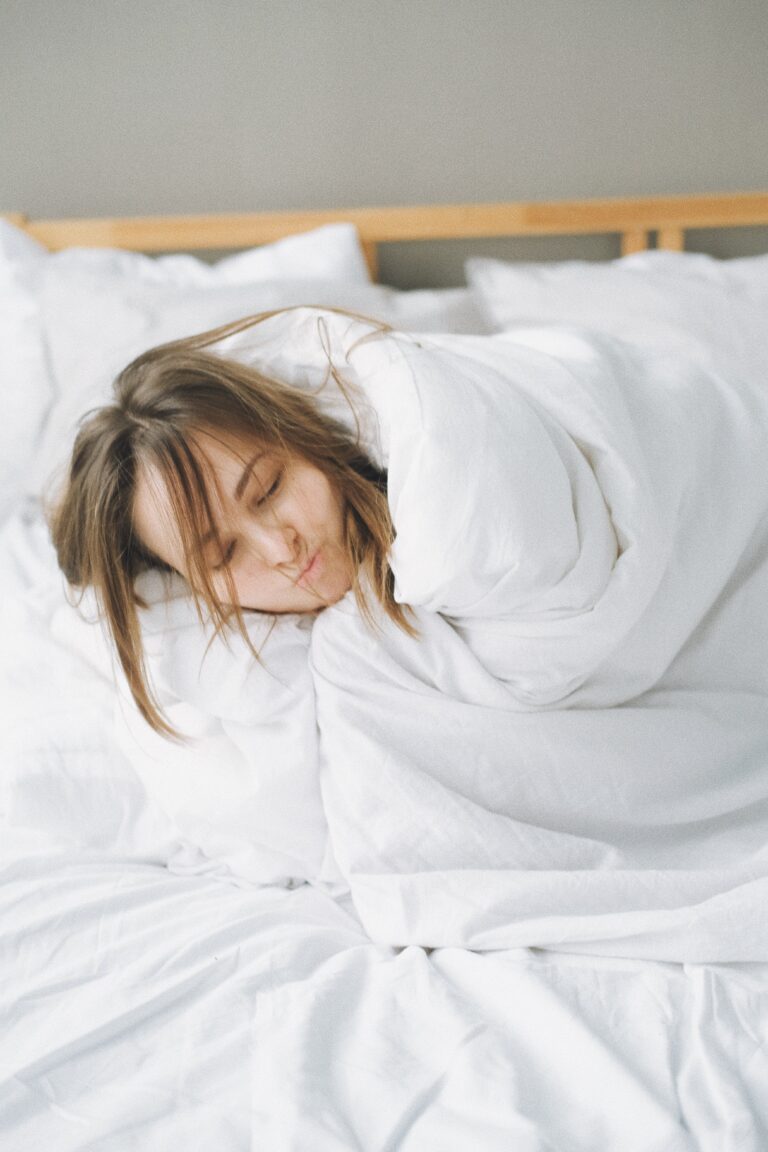
Fast Action with Professional Pest Control
Imagine this scenario: you wake up feeling like you’ve become a midnight snack for an army of tiny vampires. Now, if you’re looking for a quick and decisive end to this nightmare, professionals in the pest control arena are your go-to heroes. These experts come armed with an arsenal of insecticides and heat treatments designed specifically to target these pests and their hideouts, leaving no stone— or rather, no mattress—unturned.
DIY Remedies to Keep the Itch at Bay
While the professionals are doing their part, you can take matters into your own hands at home. Simple yet effective, DIY treatments work wonders. Aloe vera, that green guardian of skincare, is not just for sunburns. It’s a fantastic anti-inflammatory that can soothe bite-induced skin irritation. And don’t forget about baking soda—it’s not just for cookies! A paste made from baking soda and water, when applied to bites, can relieve itching and reduce redness.
Banishing the Bed Bugs for Good
Home remedies don’t stop at treating bites. They extend to addressing the source of your woes—the infestations themselves. Steaming your bedding and furniture not only gives your home a fresh feel but also sends bed bugs and fleas packing. Plus, vacuuming regularly picks up any stragglers and their eggs. By maintaining a clean and clutter-free home, you’re building a fortress against future invasions.
Whether it’s the expert efficiency of professional services or the proactive power of home remedies, tackling bed bug and flea bites requires a strategic combination of the two. It’s about reclaiming your home and your peace of mind, one itch-free day at a time.
Preventing Bites and Infestations
Imagine this: After a bustling day of outdoor activities, you come home only to realize you’ve become a buffet for those pesky bed bugs and fleas. Not exactly the souvenir you were hoping for, right? Well, fear not! We’ll arm you with savvy tips and strategies to prevent these uninvited guests from settling in your home and feasting on you.
Understanding Your Enemy: The Habits of Bed Bugs and Fleas
First things first, understanding the behavior of bed bugs and fleas is key to prevention. These critters are like the ninjas of the insect world – stealthy, resilient, and unfortunately for us, very good at hiding. Bed bugs can play the waiting game for months without a meal, while fleas are renowned for their Olympic-level jumping skills, making your pets an express vehicle into your home!
Creating a Hostile Environment for Pests
Let’s turn your home into a fortress. Regular vacuuming and steam cleaning can ruin a flea’s day by sucking up eggs and larvae. Encasings for mattresses, box springs, and pillows are like kryptonite to bed bugs, denying them the cozy crevices they love so much. And remember, clutter is a bug’s best friend; minimalism not only soothes the soul but also keeps the bugs at bay.
Barrier Tactics: Protecting Your Perimeter
Don’t welcome these mini vampires with open arms. Seal off entry points like cracks in walls, loose wallpaper, or unscreened windows, practically telling pests to ‘bug off’! Employing insect-repellent plants like lavender or peppermint might just be the green guardians your garden needs.
Bites: A Sign to Take Action
If you’re starting to look like a dot-to-dot drawing, it’s time to declare war. A quick response is crucial. Contact professional pest control, because let’s be honest, sometimes we need the big guns. They’ll inspect, identify, and annihilate with military precision, giving you back your bite-free existence.
With these strategies in your anti-pest arsenal, you can rest easy (and itch-free!). Stay vigilant, maintain a clean and clutter-free home, and you’ll be well on your way to keeping these bloodthirsty bugs at a respectful distance.
Frequently Asked Questions
When those pesky bed bugs and fleas decide to sample the smorgasbord that is you, it’s only natural to have a ton of questions. How do I know it’s a bed bug or a flea bite? Can these bites turn serious? And, most importantly, how do I make the itching stop? Let’s dive right in and tackle the most common curiosities about these miniature monsters and their irritating handiwork.
Uninvited Guests: Identifying the Culprits
First things first, let’s figure out who’s been munching on you while you snooze. Bed bug bites tend to follow a straight line or cluster in a small area, like a group of notorious criminals planning their next heist. On the flip side, flea bites feel like a random scatter of dots, that cousin who just can’t sit still and has to jump around everywhere! If your bites are showing up primarily around the ankles or legs, it could be a tell-tale sign of a flea infestation hopping through your humble abode.
The Itch Factor: Why Do These Bites Make You Scratch?
Have you ever wondered why bed bug and flea bites itch like there’s no tomorrow? When these little vampires pierce your skin, they inject saliva that messes with your body’s repair mechanisms. Essentially, your immune system sees this as an unwanted party crasher and sends in the troops, causing inflammation and that all-too-familiar itch sensation. And, just like that one song that you can’t get out of your head, the itching seems to only get worse the more you think about it.
Stop the Itch: Relief and Remedies
The million-dollar question – how do you put an end to the itch? Over-the-counter creams and antihistamines are often the first line of defense to calm the skin’s outcry. But don’t underestimate the power of home remedies! Sometimes a simple ice pack or a soothing oatmeal bath can work wonders. And remember, try not to scratch – it’s like sending an open invitation for an infection to join the party.
Prevention: A Step Ahead of Pests
To avoid the frenzy of fleas or the bedlam of bed bugs, prevention is your best friend. Declutter your space, vacuum regularly, and consider strategies to keep your place pest-free. Keep in mind that bed bugs are like hitchhikers; they love to travel via luggage, furniture, or even clothing. So, after scouring thrift stores or coming back from a trip, it’s inspection time to ensure no stowaways have come along for the ride.
Watch and Learn: Bed Bug and Flea Treatment in Action
For those of us who are visual learners, watching a step-by-step guide can be a game-changer. Check out this insightful video on distinguishing and addressing bed bug and flea bites effectively:
With these frequently asked questions addressed, you’re now equipped to take on bed bugs and fleas with confidence. Remember, knowledge is power, especially when it comes to keeping you and your skin safe from these pint-sized parasites.
